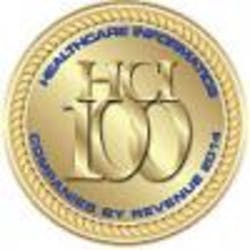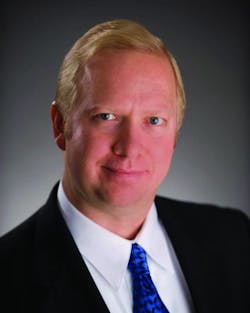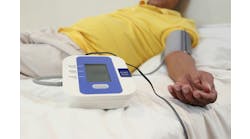To accompany our Healthcare Informatics 100 list of the largest companies in health information technology, we like to give readers a heads-up on some fast-growing companies that could very well make the HCI 100 in years to come. Throughout the week, leading up to the release of this year’s HCI 100 list on May 19, we will profile companies that have caught the attention of investors and analysts by addressing pressing needs in the industry with elegant, sophisticated solutions. So far they have been able to execute on the business side, managing the challenges of growing from startups to well-established companies.
Mark Heaney, Robin Wiener and Jason Harmon had to start all over again when the dotcom company they worked for crashed and burned in 2001. Gradually they built a software-consulting firm that had several healthcare clients. One project involved software integration for a company related to the launch of Microsoft’s HealthVault personal health record in 2007. “At the HealthVault launch, I had a huge light bulb moment about consumer health and patient engagement,” Heaney says. “We decided we wanted to take the technology that we have expertise in and have a meaningful impact. We made a decision to make patient engagement and consumer health our focus.”
Over the next three years, as Get Real Health grew, they developed 30 custom applications for a variety of healthcare organizations. “We learned a lot, some of it the hard way, about the challenges in getting consumers to use health applications,” says Heaney, the Rockville, Md. company’s CEO. “After building our 20th weight tracker or 15th blood pressure tracker, we saw the need for a comprehensive and flexible platform that we could reuse rather than rebuilding every time,” he explains. “We saw that with the custom development approach, we never had enough time or budget to do everything that people want to do. We decided to build one right from the ground up and continuously evolve it. Then each of our customers could gain the benefit from millions of dollars of development.”
Mark Heaney
In 2010, Get Real Health launched its InstantPHR product. “We are like the WordPress for health,” he says, “in terms of being a bunch of widgets you can assemble and use any way you want.” To comply with meaningful use Stage 2, health systems are creating InstantPHR-powered portals that allow patients to collect their information using Blue Button, organize it and share it with whomever they wish (view, download and transmit).
Heaney says one thing that differentiates the platform is the focus on patients, rather than clinician workflow. “Part of it comes from having a background in consumer applications rather than clinical world,” he says. “We think in terms of what patients want to do. We are not tied into billing and scheduling systems. What we focus on is giving patients tools to manage their health and do behavior change and impact outcomes,” he explains. “We provide them with plans of care that a doctor can give them and have information reported. We connect to a lot of devices, so that data can flow to their doctors,” he says. “We have a lot of alerts and reminders. It is about their health and not about their relationship to the healthcare system.”
Since 2010 the company has seen several milestones: It signed distribution deals with Microsoft and Telus Health in Canada. The latter deal launched the company on an international journey and it is now operating in England and Australia and is moving into other countries. It signed a big deal in 2012 with the New York City Health & Hospital Corporation, the largest public health system in the country.
A recent feather in their cap was the addition of Farzad Mostashari, M.D., former director of the Office of the National Coordinator for Health Information Technology, to its board of directors. “We have been big fans of his work from the beginning,” Heaney says. “He shares the passion with us, and this crazy idea that patients should be able to get their own data and become the subjects of healthcare rather than just the objects.”
In 2013 the company took its first outside funding from Telus Ventures. “Our growth had gotten to the point where we couldn’t continue to grow organically without missing a huge opportunity,” Heaney says.
Last year Get Real Health doubled the size of its staff to 65 and is on track for 50-percent revenue growth this year. “It amazes us that we started in our homes, moved to a small space in an incubator and now we are on two floors in Rockville,” Heaney says. “We work with 230 hospitals and 300,000 providers and are available to 17 million patients around the world.”



